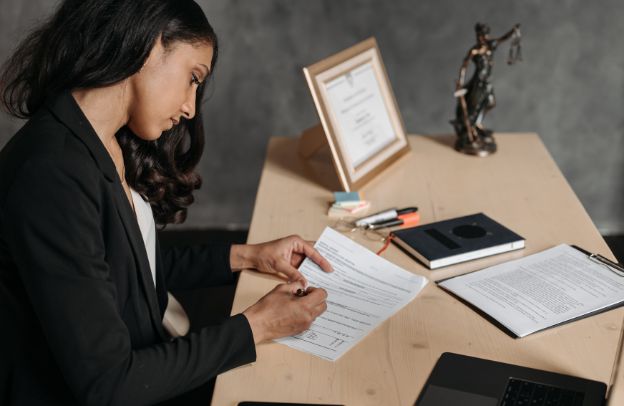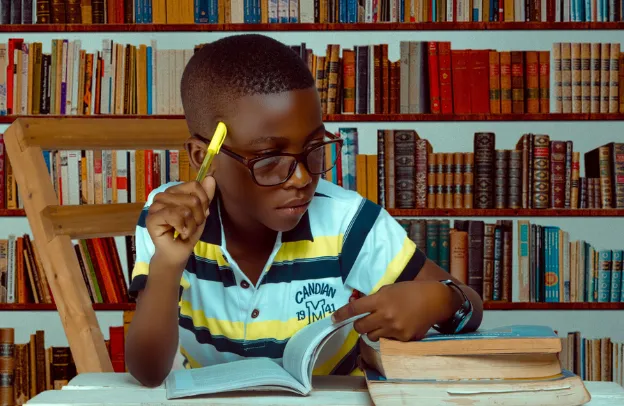How To Document Your Memory For The Future

Documenting memories is important because it allows us to preserve and share the past with future generations. It can also help us to better understand and appreciate our own personal history.
Want to learn more about storytelling? Start by downloading the first chapter of The Storytelling Series for Small Businesses.
When memories are documented, they become a tangible part of our history and can be passed down to future generations. It also serves as a source of inspiration and motivation, as we can look back and reflect on our past experiences, good and bad, and learn from them.
The steps involved in documenting memories include gathering materials, creating a memory timeline, writing down memories, creating a memory book, and sharing memories.
Gathering materials involves collecting items that hold sentimental value such as photographs, videos, letters, and other mementos. Creating a memory timeline involves organizing memories by date and event, it helps to put memories in context. Writing down memories involves capturing the details and emotions associated with the memory.
Creating a memory book involves organizing and preserving memories in a physical or digital book. Finally, sharing memories involves sharing them with others, either through storytelling or by creating a digital album or scrapbook.
What materials to gather for documenting memories
When gathering materials for documenting memories, it’s essential to collect items that hold sentimental value such as photographs, videos, letters, and other mementos.
These items can provide a visual representation of the memory and help to bring it to life. Other materials that can be gathered include newspaper clippings, ticket stubs, and other items that were present during the event.
Once materials have been gathered, it’s important to organize and store them in a way that makes them easy to access.
One way to do this is to create a system for organizing and labeling materials, such as by date, event, or person. Another way to organize materials is to digitize them, so they can be easily accessed and shared electronically. This can be done by scanning photographs and documents, or by taking photographs of the items.
It’s also important to store the materials in a safe place, whether it’s in a physical album or a digital album, to ensure that they are protected and preserved for future generations.
Create a Memory Timeline
A memory timeline is a visual representation of memories organized by date and event. To create a memory timeline, start by listing out the significant events in your life, such as birthdays, graduations, weddings, and other milestones. Once you have a list of events, begin to place them in chronological order, starting with the earliest event and working your way up to the present.
Once you have a rough timeline in place, you can add details and specific memories to each event. This can include photographs, notes, and other mementos that help to bring the memory to life. A memory timeline can be used to document memories by providing context and organization to memories.
Placing memories in chronological order, allows you to see how events and memories are connected and how they have shaped your life. It also makes it easy to see patterns and themes in your life and can help to identify memories that may have been forgotten.
Additionally, a memory timeline can be shared with others, making it a great way to share your personal history with family members, friends, or future generations. It can also help to stimulate conversation and reminisce, which can be a great way to bond with others.
Write Down Your Memories
Writing down memories is a great way to capture the details and emotions associated with a particular memory. To write down a memory, start by setting aside some quiet time and getting into a comfortable place.
Begin by thinking about the specific memory you want to document, and then start writing down the details of the memory as they come to you. Be sure to include not only the facts but also the emotions and feelings you experienced at the time.
You can also include sensory details such as smells, sounds, and tastes that you remember. It’s important to be as detailed and specific as possible, as it will help to bring the memory to life when you read it later.
There are several methods for documenting memories, including journals, letters, and interviews. Journaling is a method of writing down memories in a personal diary or notebook. It can be a great way to document memories regularly, and it’s a great way to capture daily thoughts, feelings, and experiences.
Letters are another way to document memories, they can be written to oneself or someone else, and they can be a great way to capture memories of special occasions, such as graduations, weddings, or births.
Interviewing oneself or family members is another way to document memories, it can be a great way to capture memories from different perspectives and to ask questions that might have been forgotten otherwise.
Create a Memory Book
A memory book is a physical or digital book that organizes and preserves memories. To create a memory book, start by gathering the materials you want to include such as photographs, notes, and other mementos.
Next, decide on a theme or organization for the book, such as chronological, by event, or by person. Once you have your materials and organization in place, begin to design and create the memory book. This can be done by hand, using a scrapbooking kit, or using digital software.
A memory book can be used to document and preserve memories by providing a physical or digital representation of memories. It can also be used to share memories with others, such as family members, friends, or future generations.
Memory books can also be used to reflect on memories and see how they have changed over time. Additionally, memory books can serve as a source of inspiration, motivation, and a reminder of the good times. It can also be used as a therapeutic tool to work through difficult memories and emotions.
Share Your Memories
Sharing memories with others is an important part of preserving family history and heritage. It allows others to understand and appreciate the past and to see how memories have shaped the present.
To share memories with others, it’s important to communicate effectively, to be open, and to listen actively to others. Additionally, it’s important to be respectful of others’ feelings and to be sensitive to any difficult or sensitive memories.
Discussion of different ways to share memories, such as through social media, family gatherings, or storytelling sessions: There are several ways to share memories with others. One way is through social media, by creating a digital album or scrapbook and sharing it with family and friends.
Another way is through family gatherings, such as reunions or holidays, where memories can be shared and reminisced about. Storytelling sessions are also a great way to share memories, they can be done through written or oral storytelling and can be organized by family members, friends, or a professional storyteller.
Additionally, it can be done through creating a memory blog, podcast, or vlog which can be shared with a wider audience.
Conclusion on How To Document Your Memory For The Future
Documenting memories involves gathering materials, creating a memory timeline, writing down memories, creating a memory book, and sharing memories with others.
Gathering materials involves collecting items that hold sentimental value such as photographs, videos, letters, and other mementos. Creating a memory timeline involves organizing memories by date and event, it helps to put memories in context. Writing down memories involves capturing the details and emotions associated with the memory.
Creating a memory book involves organizing and preserving memories in a physical or digital book. Finally, sharing memories involves sharing them with others, either through storytelling or by creating a digital album or scrapbook.
Documenting memories is an important way to preserve family history and heritage for future generations. It allows us to understand and appreciate our own personal history and to share it with others.
By following the steps involved in documenting memories, we can ensure that our memories are captured and preserved for future generations to enjoy and learn from. It’s never too late to start documenting memories, so take the time to gather materials, create a memory timeline, write down your memories, create a memory book, and share your memories with others. It will be a treasure for generations to come.
Want to learn more about storytelling? Start by downloading the first chapter of The Storytelling Series for Small Businesses.






